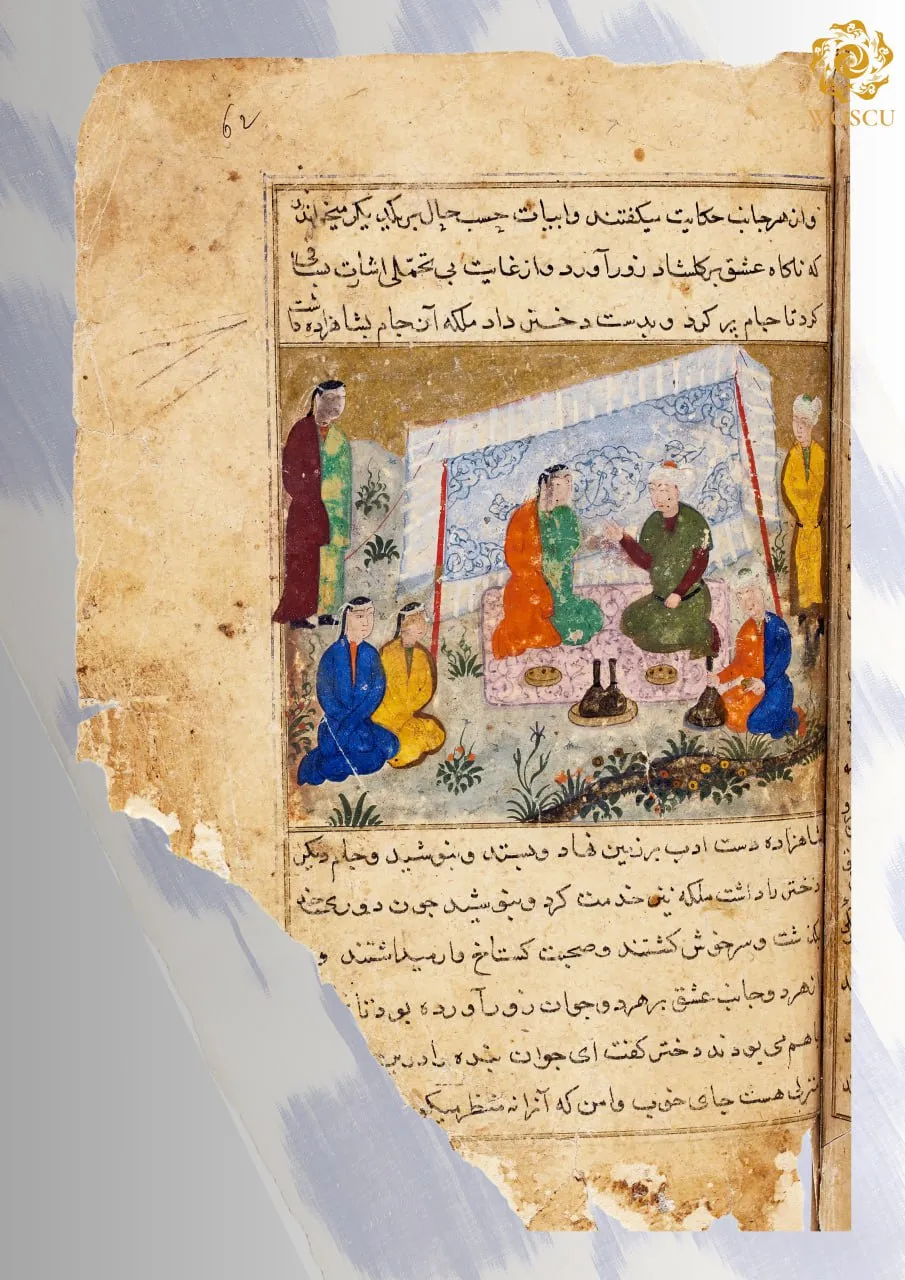
He was also a bibliophile, a collector of books, and a patron of calligraphers and artists. In 1533, Ubayd-Allah became the supreme ruler of the Shaybanids. In 1535, after numerous attempts to capture Herat, he once again raided the renowned city and plundered it.
As a result, there were several waves of artists and manuscripts moving from Herat to Bukhara, hence the formation of the classical Bukharan style of manuscript decoration in the 16th century also unfolded in stages. By the time of Ubaydullah Khan's death in 1540, this style, inheriting the traditions of Herat and Behzad himself in combination with the local Maverannahr tradition, had reached a high level of development.
You can learn more about the topic in the book-album "Illustrated manuscripts from Mawarannahr in the collections of France" (Volume XXIX) in the series "The Cultural Legacy of Uzbekistan".
The main sponsor of the project is the oilfield services company Eriell-Group.
